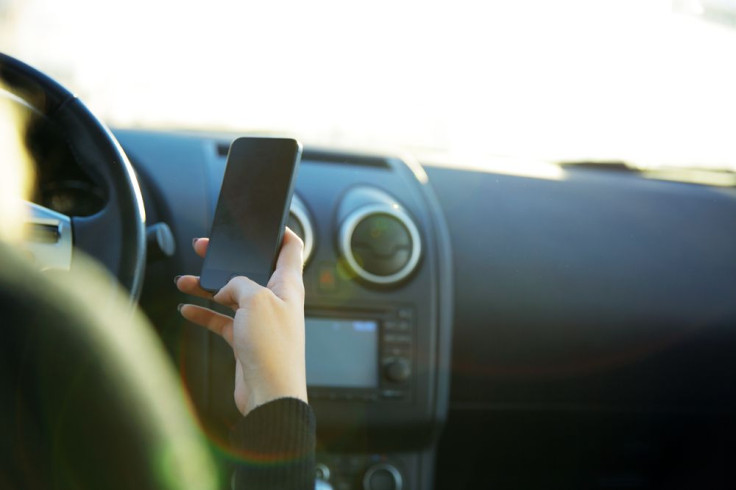Texting While Driving Risks Are Well-Known, So Why Do People Still Do It?

All the research in the literature agrees: When you’re driving, that should be the only thing you’re doing. Distractions of any kind — those that take your eyes off the road, that take your hands off the wheel, or that avert your attention away from driving — all cause your risks for injury to shoot up. Texting while driving, it turns out, combines all three.
The risks of texting while driving aren’t new, necessarily. The general public might not know that nearly half of all U.S. high school students 16 or older regularly text while driving, or that students who text and drive are significantly more likely to get in the car with a drunk driver or drive drunk themselves. But past these statistics, people generally have an idea that texting while driving can be life-threatening. So why do they still do it?
That was the question Steven Seiler sought to answer in a study recently published in the journal Cyberpsychology, Behavior, and Social Networking. Seiler is an assistant professor of sociology and political science at Tennessee Technological University, and he’s interested in so-called “technological deviance” as a way to explain rampant cell phone use. What started as a tool for making and receiving phone calls has transformed into a tether that connects us, at all times, to the rest of the world — whether we’re safe or not.
In his study, Seiler made several hypotheses about the reasons for which people text and drive. He wondered if people who engaged in the behavior were also more likely to talk on the phone while driving, text in other inappropriate settings, engage in sexting, and turn to their phones as a cure for boredom. Looking at the data from the 2010 Spring Change Assessment, conducted by the Pew Research Center, he discovered many of his hypotheses held true, and they were anchored in those ideas of technological deviance. The bottom line: Social influence is everything.
“Commonsensically, observing people engaging in dangerous driving behaviors would deter people from texting while driving,” he wrote. “However, sociologically, riding with others who engage in such behaviors without consequence contributes to a culture of multitasking while driving.”
When people see their friends and family texting while driving, Seiler explains, they don’t see the behavior as necessarily dangerous, but normalized and accepted. A wealth of research has shown evidence of this trend in other lifestyle choices. We tend to think, usually erroneously, that if a certain behavior is more widely practiced, it’s probably safer. (After all, why would so many people put themselves at risk?) But plenty of injurious behaviors persist for reasons that take priority over people’s sense of well-being. The U.S. is in the middle of an obesity epidemic and nearly a fifth of the country still smokes, but the health risks of both are well understood.
Putting addiction aside, the reason has a lot to do with culture. The more people gain weight, the more acceptable obesity becomes. Fortunately, smoking popularity has been declining, and stigma plays a leading role in that trend. And, as per the new study, “texting while driving is a learned behavior reinforced through observing others engaging in such behaviors.”
The ubiquity of cell phones and texting doesn’t help. As Seiler’s research confirms, people who use their phones in other non-texting situations, such as in meetings or at the movies, are more likely to text while driving, as are people who sext. These trends indicated a bleeding over from other aspects of people’s lives. Many of the survey respondents reported they texted multiple people throughout the day. So, it may be more accurate to say the people who text while driving are actually driving while texting.
For drivers, the risks of texting appear to be minimal. However, the perception of risk for getting caught by the police is great, so Seiler argues the smartest way to get people off their phones is simply to make cars more caller-friendly. “Since the culture of texting while driving is likely to change slowly — if it changes at all — more innovative in-vehicle voice-to-text technologies allowing drivers to use voice prompts to text — and engage in other forms of mobile multiplexing — are necessary.” Safety campaigns should also seek to educate teenagers on the dangers of texting while driving, he added.
“Texting while driving is undoubtedly a dangerous social phenomenon,” Seiler noted. “This study provides additional evidence that such behaviors are embedded in sociocultural norms in other areas of social life.”
Source: Seiler S. Hand on the Wheel, Mind on the Mobile: An Analysis of Social Factors Contributing to Texting While Driving. Cyberpsychology, Behavior, and Social Networking. 2015.



























